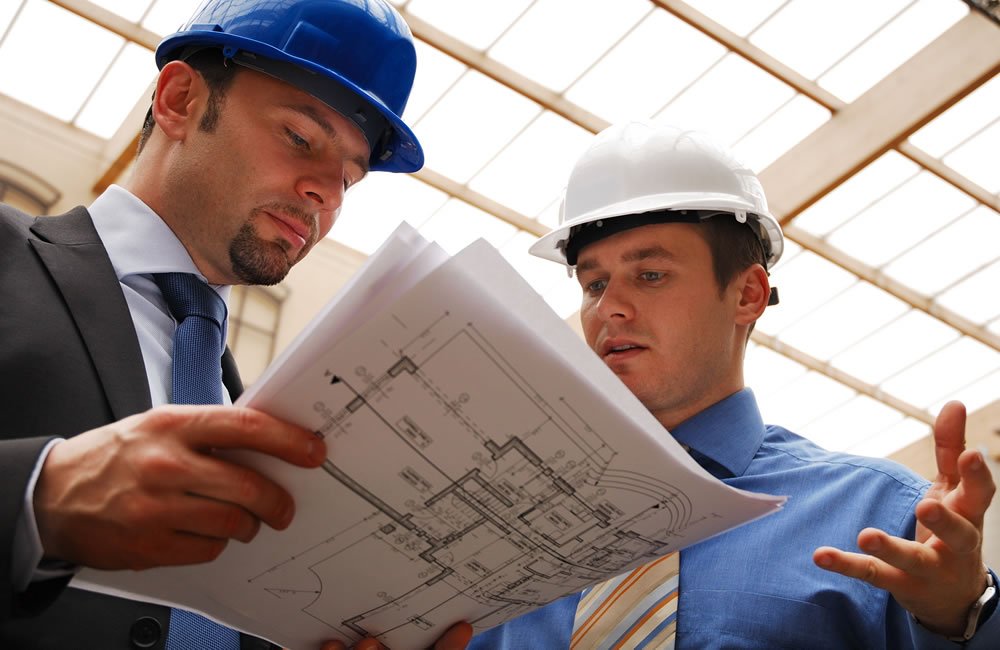
At the core of residential development is the desire to design spaces that resonate with the changing needs and expectations of the society. Developers start projects with careful plan, conducting analyses of feasibility, research on markets and architectural evaluations to guarantee viability and alignment with demand. This innovative approach not only caters to today's needs, but also anticipates new trends and encourages sustainability in urban development.
However, the quest for profitability can often clash with larger social concerns. One of the issues surrounding property developers is the phenomenon of the process of gentrification. When they make investments in shabby neighborhoods or historical districts and property values increase, attracting affluent residents and businesses. This brings energy into areas that were once dying however, it can also cause displacement of long-time residents and small businesses which can increase the social and economic disparities. Finding a balance between revitalization initiatives and conservation of identity for communities and accessibility remains a huge problem for both policymakers and developers alike.
Furthermore, the impact on the environment of construction projects can't be ignored. Property developers are being put under pressure to adopt sustainable practices that reduce carbon footprint, preserve green spaces, and improve efficiency in energy use. Sustainability-focused design options like green roofs, rainwater harvesting systems, and LEED certification are now standard aspects in the modern development. Beyond compliance with regulations, developers are recognizing the advantages of long-term environmental friendly initiatives, including price reductions, market competition and a favorable public image. To receive extra information please visit akisama.com.my/

However, the work of real estate developers isn't free of controversy as they can be perceived as negative or disruptive to current communities. Gentrification, displacement, and affordable issues are common within rapidly developing communities and raise concerns over the social justice and inclusion of all. The argument is that development without a check is a way of putting profit over the long-term needs of residents which increases income disparity and ethnic homogenization. The balance between the needs of different parties, such as residents, investors and policymakers is vital to address the challenges that arise and encourage the sustainable development of cities.
Despite the inherent complexities and pitfalls, property developers remain indispensable catalysts for progress and development in the property sector. Their ability to envision, execute, and adapt to evolving market dynamics drives innovation and resilience in urban landscapes. In embracing responsible development methods and encouraging community involvement and embracing diversity, developers can play a pivotal function in shaping a more prosperous and inclusive future for generations to come.